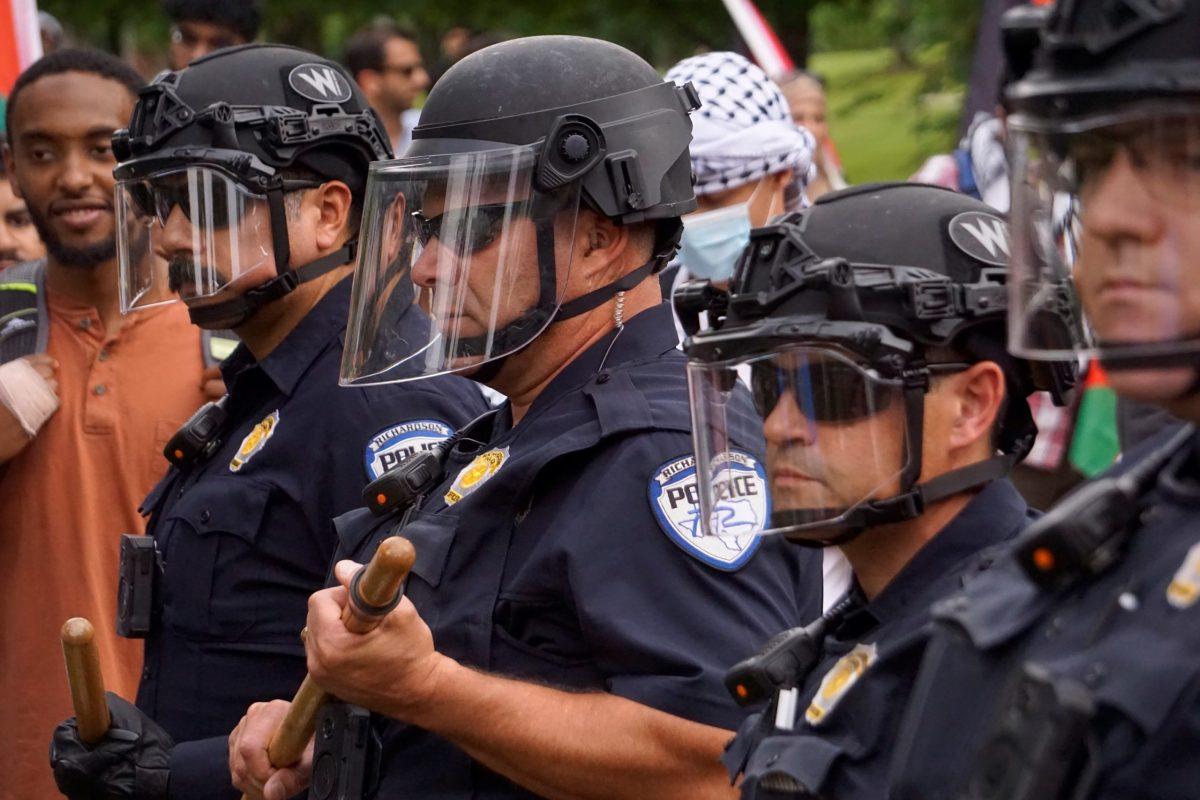Why Dallas PD’s data-driven initiative
promotes racial biases
Dallas police chief Renee Hall recently announced the city’s answer to New York’s infamous stop and frisk: a data-driven program to increase police presence in high-crime areas, allowing officers to use traffic stops as an excuse to pull over anyone they deem “suspicious.” After events such as the murder of Botham Jean and the discovery of racist social media posts from officers, the department should be focusing on rebuilding trust through open discussion with minority communities to address the causes of crime rather than over-policing them.
In an interview with NBC5DFW, Hall said the predictive policing program has been used in other cities, such as Los Angeles and Kansas City. The LA program, PredPol, was touted by law enforcement as a way to remove race from the equation in policing. The program uses an algorithm and data on past crime to predict where future crimes will occur. This approach would work if the LAPD wasn’t racist.
The infamous 1992 Rodney King beating will be burned into the minds of black Americans for generations to come and more recently, a 2019 Los Angeles Times report found that a black person in a vehicle was more than four times as likely to be searched by police as a white person and a Latino was three times as likely to be searched, despite the fact that white people were found to be more likely to have drugs, weapons and contraband. The algorithm rests on the assumption that past policing practices were sound, which is completely untrue for both LA and Dallas.
In January 2020, 13 Dallas police officers were disciplined for racist and Islamophobic social media posts, including some that joked about victims of police violence. One Dallas officer shared a post of a truck plowing through a crowd with the caption “(Black Lives Matter) and the (Ku Klux Klan) are just two different sides of the same hate coin.” Activist and paralegal Heather Heyer was killed by a white supremacist who drove his car through a crowd of protesters at an alt-right rally in August 2017. Another post from a Dallas officer read “Statistics show that criminals commit less crime after they’ve been shot.” Another officer joked about slapping and abusing his wife. These racist and violent tendencies aren’t limited to social media.
A 2017 study analyzed Dallas PD’s officer-involved shootings and cases where Dallas officers drew, but didn’t fire, their weapons. The study found that Dallas officers were more likely to draw their guns on minorities. The officers’ racist tendencies are present both online and in their policing, so any data gleaned from past policing data would be skewed to target minority areas. Hall said in an interview with NBC5DFW that her plan would only pick what’s worked in other cities using predictive policing and avoid tactics that have alienated people. You wouldn’t drink water from a poisoned well, so why rely on a system that uses heavily biased data?
Even Dallas Police Association President Mike Mata said that officers would be choosing who to stop based on “just a hunch.” Hunches can be deadly, as was the case when state troopers killed a suspect last year during a traffic stop in Dallas. Despite promises of change, the Dallas Police Department continues to leave a trail of broken trust, dead bodies and grieving families.
Police are needed in high-crime neighborhoods, but not as individuals who will stop and arrest or possibly kill you on a hunch. They’re needed not as oppressors, but as individuals who are willing to talk to community members and work directly with them to figure out the root sources of crime and address that rather than using an approach that uses a power dynamic to incite fear by militarizing neighborhoods. It’s on Dallas PD to learn how to begin taking a step forward, rather than consistently taking two steps back.






